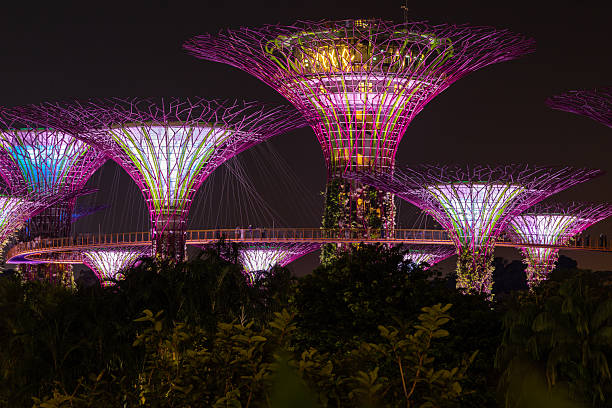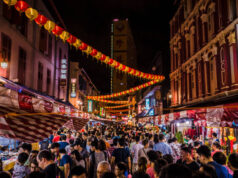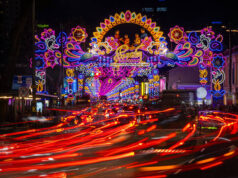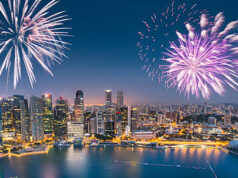Why Cultural Spaces Need Festivals
Festivals give life to cultural places in singapore. They turn secluded courtyards, theatres and outdoor plazas into dynamic playgrounds with color, sound, and feeling. Such meetings enable the local people and visitors to experience heritage sites differently. Instead of displays or solemn touring, laughter and music fill the grounds, as well as food and performances, adding their own layering to make the past seem to come to life.
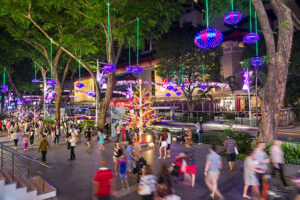
Significant Annual Overview
A Festival of Traditional Music and Dance
Every year, cultural monuments organize events that display the traditional cultures, as well as the modern forms. As drumbeats signaled the start of dancing on the reggae night, the flow of the dancers appeared markedly like the traditional protagonist on the stage; the art forms seem to change but go down deep in their roots. The energy of the life show attracts people who would like to feel history with the new star.
Multicultural Celebrations
Singapore boasts of being a multicultural society, which is evident during its multicultural festivals. The streets around heritage centers become carnival-like as there are costumes and parades and street food. The combination of the visual and olfactory senses is what neither escapes nor allows one to leave as a mere bystander. These scenes show togetherness in the form of celebration where customs do not mix up to lose their individual taste.
The Place of Heritage Sides
Living Museums
Quite a lot of festivals are set in historic buildings. By night the museum can turn into a stage, and what may appear to be a silent museum may turn out to be a stage. Walls that were once strewn with history drive in the sound of music, narration, and community voices. The combination of heritage sites in this way makes it quite relevant and interesting.
Community Spaces
Cultural landmarks are not only tourist structures. They act as meeting places for locals during festival periods. Families share their children, elders share their experiences, and younger generations teach themselves with play and involvement. This reuse perpetuates the legacy, entrenching it not as a part of the past but defining it in present experience.
Uniquely Unique Festival Experiences
Food as a Cultural Bridge
Food is a necessary element to complete a festival in Singapore. Food stands appear in front of temples, museums and theaters with both traditional heritage and innovation-centered fusion foods. Eating the foods is like tasting history–cooking methods that have been transferred over through countless generations, modified, and reinvented. People will stand in line not only to eat but also to be a part of a tradition being cooked over the generations.
Parades and Street Performances
There is a taking over by street parades of whole districts during some of the festivals. Actors wear fancy adornments and walk, dance and engage with the visitors. The combination of music, costumes, and motions helps to establish the atmosphere in which even passers-by can be brought into the rhythm. Festivals such as these make everyone realize that culture is a participatory phenomenon.
Installations and Workshops of Art
In addition to performances, at the festival there are installations and workshops. Pop-up art sculptures located throughout the cultural sites attract visitors to experience places in new ways. Workshops are open to attend–painting, creating, or becoming familiar with traditional instruments of music. The sense of putting it into practice is present, as in these exercises, the experience is more hands-on, and you leave with it not just in your mind but also in your skill.
Nighttime Transformations
Light and Sound Festival
It is at nightfall when many cultural destinations are lit up. The festival projects lights onto old buildings, making centuries-old buildings become walls of contemporary narration. Complemented with soundscapes, these performances make architecture a breathing art form. The performance draws photographers, families and interested tourists who like to witness the transformation of history to its colorful version.
Late-Night Performances
Evenings turn into night hours of concerts, theater and dance in the outdoors. The lit-up and cool air contribute to the mysticism. There is something magical about being in front of a building that is centuries old and where modern performers create new energy in the place.
Why the Importance of These Festivals
Celebrating to What is Tradition
Festivals do not mean entertainment. They are also protectors of tradition as they preserve their practices. A certain form of tradition is passed along when the dance is performed or a recipe served in a natural manner to the next generation. Rather than reading history, people experience it.
Cultural Tourism Jack Up
Visitors, including those outside of Singapore, will also flock in to attend these festivals, thereby enhancing Singapore’s reputation as a cultural hub. Modern visitors likely to take tours to visit the contemporary attractions tend to stay longer to learn its historical facets. The festivals reveal a different face of the country that is lively, non-individualistic and historical.
Visiting a Festival
Best Days to Go
Annual festivals are cultural in nature and typically based upon specific parts of the calendar, such as the harvest, a religious festivity, or a celebration of a nation. Advance booking of timings will enable travelers to meet the events in hand. Usually, the duration of the event is more than a couple of days, which leaves room to visit a number of events in various locations.
Tips to have Fun
Get there early enough before it gets congested, be simple in your footwear, and take an open mind. Festivals concern participation. Eat something, take part in a workshop, and dance should you feel like it. The more you participate, the more you get out of it.
The Ghost Of a Party
Festivals at the cultural sites bring motion to the otherwise motionless landmarks in Singapore. They do not just only provide entertainment, but also they provide a platform where communities express their past and their creativity. Our memories are not just what we left as photographs, but they are what visitors obtain as reminisces about music, taste, light and joy in specific locations.
To the people interested in the aspect of cultural places in Singapore, one does not have to look farther because when one takes part in the festivals, one gets to see culture in action. They establish that culture is not time-bound. It shuffles, it changes, and it offers an invitation to all to dance along.


